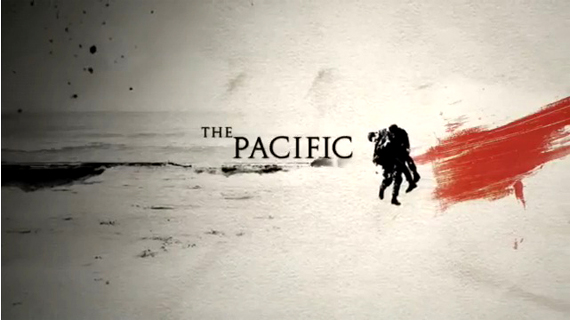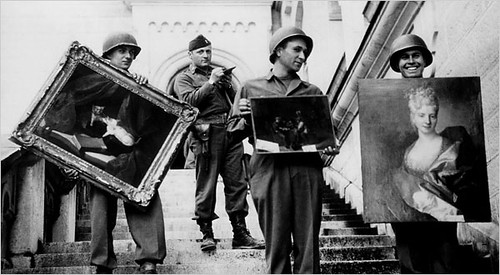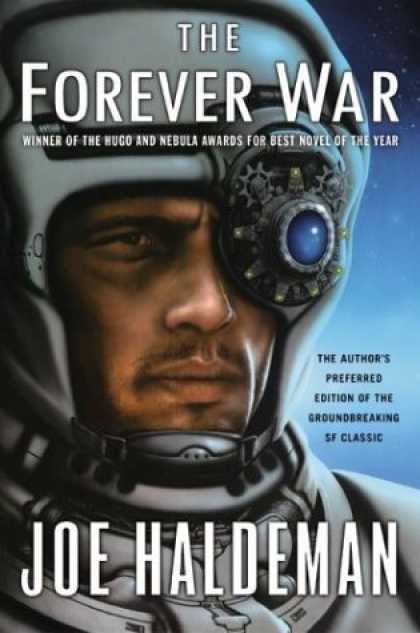Boneshaker, by Cherie Priest
/
Very rarely do I come across a book that literally keeps me up nights with a flashlight, reading into the late hours, just to finish one more chapter, just one more, before sleep overcomes me and I'm forced to place my bookmark in place to continue reading the next day. There are a lot of books that I'm interested in, fascinated by, but there are very few that capture me with a interesting story and a writing style that makes the pages blur as I read. Cherie Priest's 2009 novel, Boneshaker did just that over the past couple of days. Boneshaker is one hell of a story, one that left me wanting more whenever I set the book aside. Capturing a trio of geek obsessions, Priest's novel is a compelling work of alternate history that blends zombies with steampunk, villains and mad scientists, all swept together in a story that was quite a bit of fun to read. Nominated for the prestigious Nebula and Hugo awards (It lost out to Paolo Bacigalupi's The Windup Girl for the Nebula), and armed with a good number of critical praise, Priest has quite a bit to be proud of with this book. Set in an alternate past, where the American Civil War has dragged on for nearly fifteen years, the city of Seattle is dying. Sixteen years prior to the beginning of the story, a machine, designed to mine gold in the frozen Klondike, destroys part of the city, unleashing an unimaginable horror upon the city: the Blight, a corrosive gas that kills all who breathe it, and reanimating their bodies and awakening them to a hunger for human flesh. The survivors of the catastrophe walled off the infected area, and began to move on with their lives. Sixteen years later, Briar Wilkes and her son Zeke eke out a meager living, plagued by their associations with the man responsible for the disaster, Levi Blue, Wilke's former husband, and Zeke's father. Determined to clear his family name, and to get some answers for himself, Zeke descends into the broken and poisoned city to uncover clues of his family's heritage, while Briar follows. Both discover that behind the Wall, survivors of the disaster form their own living, escaping the Blight and its victims, and living under their own rules. Briar is the only one who can save her son amongst the pirates, criminals and survivors in the dead city. Boneshaker is a fun story that draws upon a number of strengths to really succeed. While the book is an incredibly easy sell to anyone marginally interested in science fiction, fantasy, horror and other speculative fictions, its strengths lie more in Priest's storytelling and world building than the zombies (or Rotters, in this instance), steampunk brass or the action. Rather, she places all of these elements within a compelling alternative United States, and populates it with characters that are both well conceived and caricatured, forced into action with a story that fits everything together nicely. I really like the alternative America that Priest sets up, especially as a historian with a background in military history. Here, the Civil War has stretched on for over fifteen wars, with the Union slowly winning. Key military leaders remained alive, and because of the continuing war, technology continued to advance. As a result, there's airships, machines and other pieces of technology that somewhat makes sense with the events of the story. In doing so, an entire world has been created, with quite a lot of background information that Priest can draw upon, not only for Boneshaker, but for other books that are forthcoming in this world, titled the Clockwork Century. Last year, I was certainly aware of Boneshaker, but personally, I'm not a huge fan of zombies or steampunk, and the entire notion really turned me off, simply because most of what I've seen of the Steampunk genre really doesn't make logical sense to me. Simply adding glass and copper attachments to something mundane for the sake of making something historical 'interesting' just bothered me, because of the historical precedent behind it. What Priest has done, however, is put the advances in technology into a historical context that makes quite a bit of sense: historically, warfare is a major incubator for new technology, generally beyond the weapons used on the battlefield, and with items that have a number of uses that can be applied to a post-war period. Duct tape, the microwave oven, jet planes and radar, all technologies that are in commonplace usage today, owe their existence to warfare as a catalyst for their development. Priest seems to understand this, and in interviews that I've read, it seems that she's done her homework. The result really shows with a fantastic world that works. With that world in place, Priest sets to work with her story. At the heart of the narrative is a story about a family, one who's been split apart by the Blight that was unleashed when Blue's "Incredible Bone-Shaking Drill Engine" ripped through part of the city. Forced out into the Outskirts, away from the Blight, people are left to their own devices. Briar and her son live their lives, but they are haunted by what had transpired before. Zeke, in particular, knows little about what had happened to his father and grandfather, and because of his mother's unwillingness to really address the problems of the past, he gets no answers from her. To find them, he ventures into the dead city to find the answers. What happens next is a sort of journey of understanding and rite of passage, where both characters must learn to adapt and accept certain things about themselves. Things are complicated when both discover that there's a lot more to the walled off portions of the city. An entire culture and society of survivors has sprung up in the sealed off buildings, where people are largely ruled by a Dr. Minnericht, who resembles Briar's former husband. This is another area where the book really shines, and that's the use of this dead city. I've long been fascinated by what happens to buildings and societies when they're left to die, and books such as World Without Us and various galleries of empty cities are things that I seek out. Her creation of her own sort of underworld, lost and forgotten by the world around it, is really neat, and while there are a couple of flaws here and there, it serves as a fantastic setting for her tale. Boneshaker does have its share of problems, from some of the caricatured characters, namely Dr. Minnericht, who is essentially posing as Briar's former husband throughout the story. Built up through most of the book, the actual character was a bit of a letdown, and his element of the story seemed rather forced in, as did a subplot about the Wall's inhabitants rising up against his rule. Zeke's characterization worked most of the time, but at points, his dialogue just annoyed me, and pulled me out of the story just a bit. In the end, though, these are minor gripes that didn't impact the overall story too much. Boneshaker proved to be a quick read for me, and it was well worth the impulse buy when I was in the bookstore the other day. With a fast-paced story, with plenty of exciting twists and turns, interesting characters and a fun story, set in a very fun world, I'm eagerly looking forward to the next installments out of the world that Priest has set in motion. This book is pure dynamite, and while I'm still rooting for The Windup Girl for the 2010 Hugo, this book is certainly deserving of the heaps of praise it's already garnered. This was a fun read, one that held me up at night, distracting my thoughts at work, waiting for my next fix. More books need to be just like Boneshaker: fun, exciting, thoughtful and interesting.
















